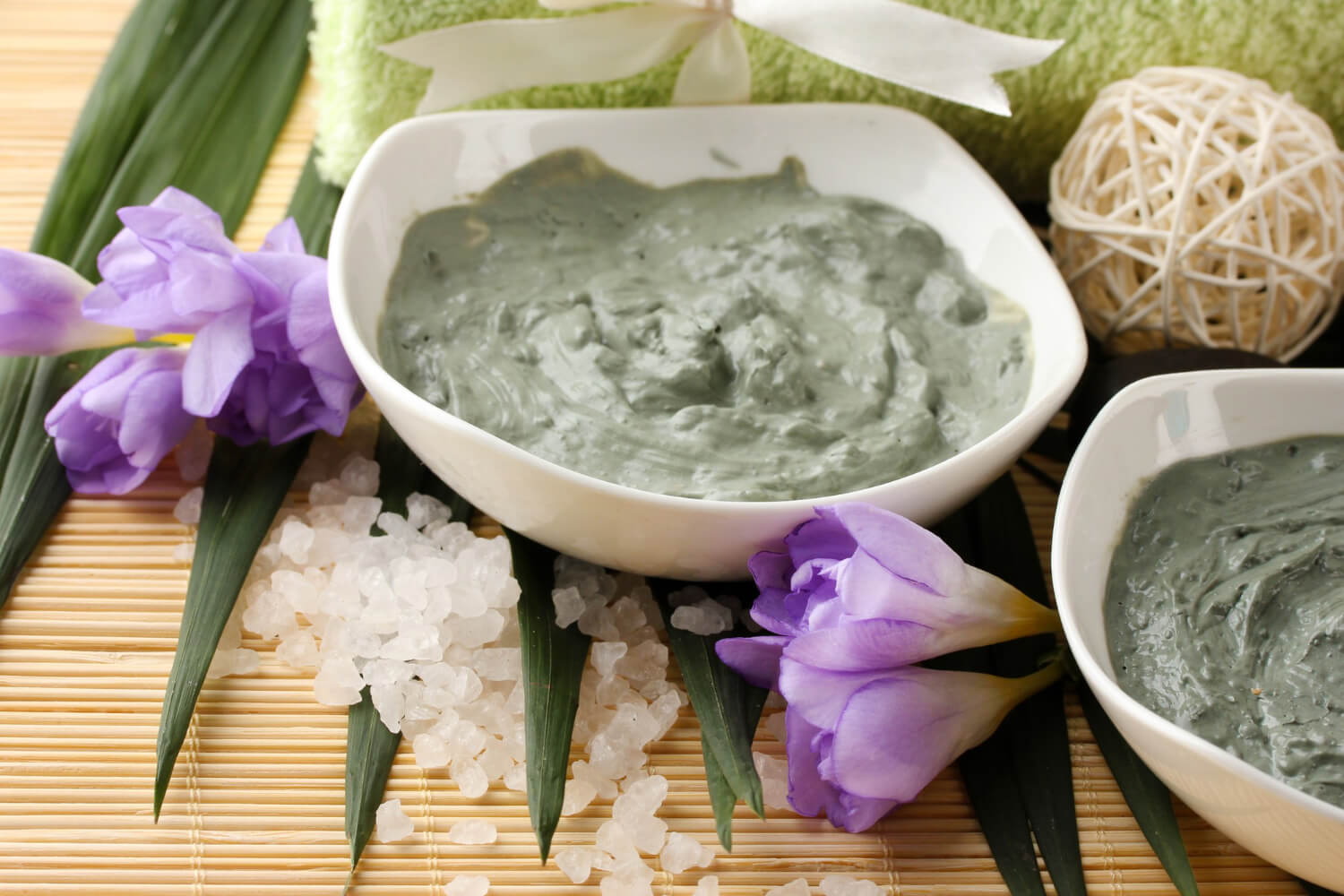
Cosmetic clays are extremely proven and at the same time natural cosmetics. We often find them among the ingredients of cosmetics, but they are also sold separately. Many people add them to face masks, but also use them as masks. Check out the types of clays and their effects on the skin. Thanks to this article you will find the perfect clay for your skin.
Clays occur naturally, very often in marine areas. One of the more popular and appreciated clays, is the Dead Sea clay. They are also called minerals and contain many important ingredients that nourish the skin. These include silicon, calcium, magnesium, iron, potassium, selenium, copper and phosphorus. It is an ideal cosmetic for women and men who suffer from
In addition to nourishing, clay soothes the skin, reduces imperfections and redness. It can very quickly eliminate impurities on the skin, including excess sebum and normalizes the pH level of the skin. Due to the fact that it has a negative charge, it attracts positive charges to itself, which are present, for example, in toxic compounds. If your skin is exposed to an acidic environment and has visible redness on it, clay will work perfectly.
There are several types of clays and each one is suitable for a specific skin type. It is worth knowing the properties of some of them to choose the perfect cosmetic for your skin problems.
Green clay is also called Montmorillonite. It owes its green tint to a large amount of iron ions. It is an ideal clay to fight bacteria, but also excess sebum and enlarged pores. If you struggle with acne and your skin is slightly red, this type of clay will work great. Additionally, it fights inflammation and regulates sebum production, which is especially important for oily and combination skin.
This clay contains many minerals that perfectly nourish the skin. Its color is influenced by manganese, iron, as well as silicon and sulfur. The latter ingredient is especially recommended for people who have skin prone to inflammation and fight acne. Iron and silicon strengthen the protective barrier of the skin. Thanks to yellow clay you will get rid of excess sebum and imperfections much faster, your skin will become much smoother and nicer to the touch. It is an ideal clay for people with oily and combination skin. It mattifies the skin and removes toxins responsible for inflammation
You can use it at the same time when you are applying an anti-acne treatment with exfoliating acids. After applying and washing off the acids, the use of yellow clay is highly recommended – it makes the epidermis grow much faster and the skin increases its resistance to external factors.
White clay was already known in ancient Japan. Nowadays, it is still being rediscovered and women are becoming more and more convinced of its care properties. It contains silicon, sodium, aluminium, as well as potassium, calcium and iron. At the same time it has an exfoliating and detoxifying effect on the skin, but also reduces redness and inflammation. It can help improve skin tone and also reduces scars. It soothes and relieves irritation and refreshes the skin, which becomes radiant and oxygenated. It is especially recommended for people with sensitive skin, prone to redness and with broken capillaries. It is an ideal cosmetic to use after manual skin cleansing or peeling containing fruit acids.
Clay in its powdered form can be mixed with cream face masks, but it can also be applied alone. Just mix a few teaspoons of clay with boiled water and active ingredients, such as macadamia oil or vitamin C drops. A face mask created in this way will not only nourish your skin, but also significantly even out its tone. If you like long baths, add clay to water. Also during the bath, it will be able to nourish the skin and give it a glow.
Photo source: Designed by Freepik